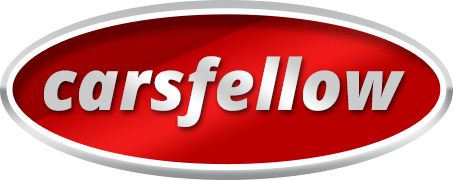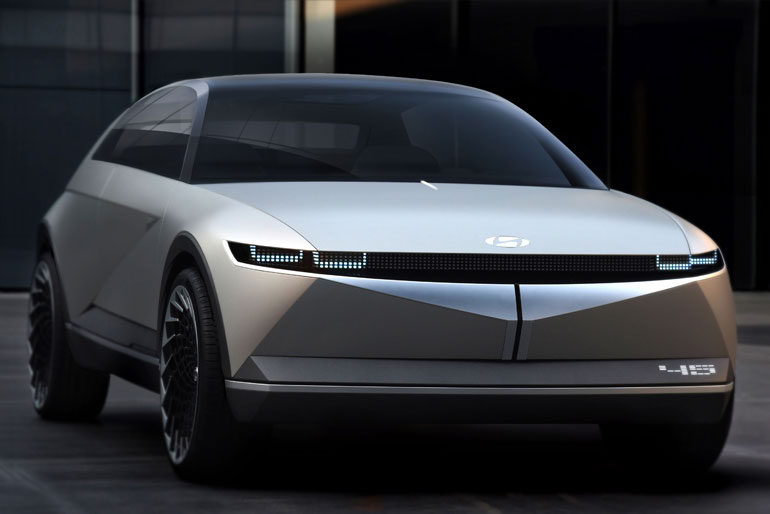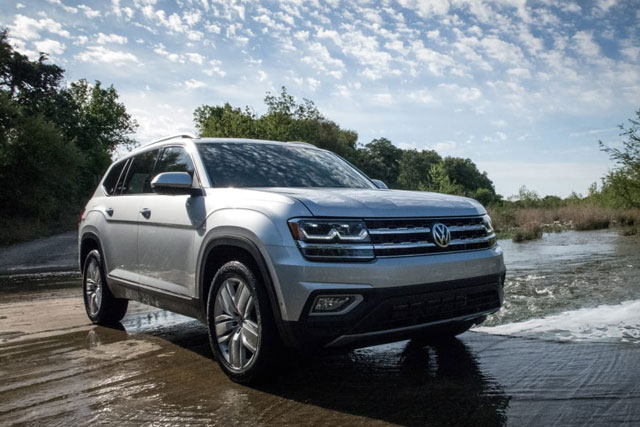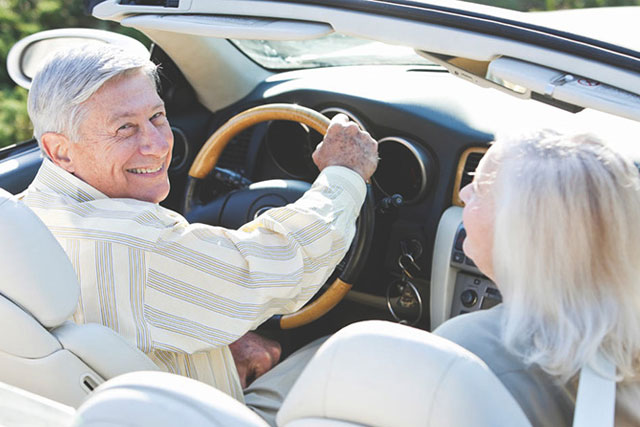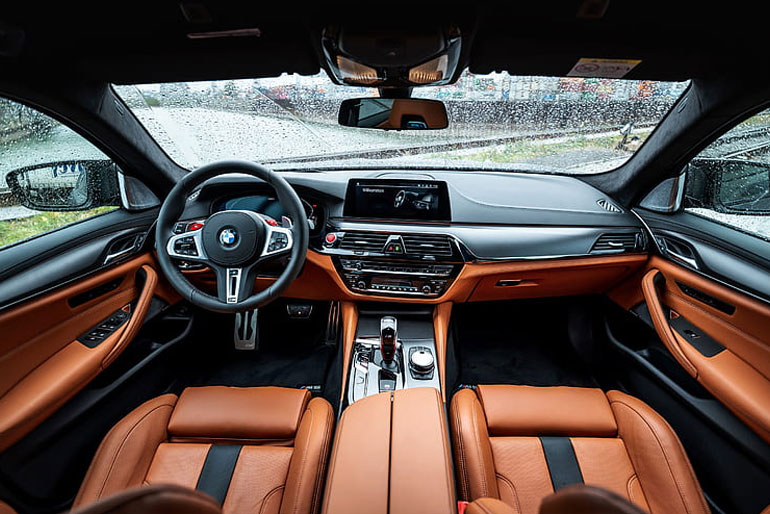Slide behind the wheel of any car trimmed in brown—whether it is rich chocolate leather, warm saddle‑tan vinyl, or a cocoa‑hued fabric—and you instantly notice a cozy, upscale vibe. Brown feels warmer than black, more forgiving than beige, and less common than gray. Because the cabin already has personality, the outside color should either frame that warmth or set up an eye‑catching contrast. Below is a straightforward guide—free of jargon—covering the shades that flatter brown interiors, plus some practical pointers to help you decide.
1. Ground rules before picking paint
- Think harmony or contrast, not clash
Earthy browns pair well with neutrals and other earth tones; deep, cool colors give striking contrast. Neon shades often fight for attention and can feel busy. - Remember upkeep
Dark paint hides brake‑dust stains but shows swirl‑marks; light paint hides scratches but showcases grime. Pick what you are willing to wash and polish. - Consider resale
Neutral chassis colors still top buyer demand. White, black, silver, and gray together claim well over half of new‑car sales in 2025. - Look at true lighting
Paint chips and dealer photos lie. Stand next to an actual car outdoors on a sunny day. Brown cabin trim tends to reflect light upward onto window glass, slightly influencing how the exterior shade appears in person.
2. Timeless neutrals that always work
White: clean canvas, high resale
A bright white body turns brown seats into the visual focal point. White stays cooler in the sun, hides minor dings, and remains the single most popular car color in the U.S., capturing around 38 % of sales in 2025.
Why does it work with brown?
White’s crispness sets off the cabin like a mat around a photograph. The contrast feels fresh but not loud, and the combo is praised across owner forums—from Toyota Crown to Porsche Macan drivers.
Black: formal and dramatic
Black paint next to brown leather signals quiet luxury—think espresso and tuxedos. It is classic, looks great with dark window tint, and requires frequent washing to stay sharp.
Pro tip: Choose a metallic or “obsidian” black instead of flat jet‑black if you worry about swirl marks; the fine metallic flake masks imperfections yet preserves depth.
Gray and silver: modern, low‑maintenance
From light “Ice Silver” to deep “Charcoal,” gray harmonizes with the natural tones in brown upholstery. Silver hides dust better and lends a techy feel, while charcoal gives more drama. Both rank near the top for resale value thanks to broad appeal.
3. Earth‑inspired hues that echo the cabin
Forest or olive green
A muted green body feels grounded and sophisticated, evoking British racing roots or modern overland builds. Owners on enthusiast boards often recommend dark green when asked about pairing with coffee‑brown interiors.
Best for: SUVs, crossovers, and any vehicle you plan to take camping or to muddy trails—green looks purposeful against nature’s backdrop.
Bronze, copper, or gold
Metallic brown family shades create a tone‑on‑tone look—the body glints in sunlight while the interior stays matte. On muscle cars and classics, factory color codes like GM’s “Copper Metallic” were originally designed to go with brown vinyl. Modern options such as Mazda’s “Zircon Sand” or VW’s “Golden Green” achieve the same idea with an updated twist.
Beige and sand
Light tan paint blends subtly with mid‑brown cabins for a monochrome aesthetic that feels beachy and casual. Choose a beige with a hint of gray (often dubbed “greige”) to avoid looking dated.
4. Jewel tones and deep shades for contrast
Navy or indigo
Deep blue beside brown calls to mind denim with leather boots—a casual but refined pairing. In low light, it reads almost black, yet direct sun teases cobalt highlights.
Burgundy or deep maroon
For drivers who like warmth without excess brightness, burgundy balances the brown cabin by staying in the same warm color family while still standing apart. Look for names like “Merlot,” “Infrared,” or “Soul Red Crystal.”
Slate blue‑gray
Blue‑gray offers a cool contrast to brown’s warmth but feels softer than pure navy. Designers list it among the most calming exteriors, noting its sophistication on coastal‑style homes, a vibe that transfers nicely to cars too.
5. Modern metallics and finishes
Satin and matte wraps
A satin‑finish charcoal wrap on a sports sedan with camel leather looks stealthy yet upscale. Today’s vinyl technology allows reversible color changes; if resale is a worry, you can peel the wrap and restore the factory paint.
Subtle color‑shift pearls
OEM paints such as Lexus’ “Nori Green Pearl” or Hyundai’s “Serenity White with copper dust” use tiny mica flakes to shift tone under different light. When the interior is brown, these fine effects feel elegant rather than flashy.
6. Colors to approach with caution
- Bright yellows, oranges, and neon greens draw the eye so strongly that the brown cabin risks feeling unrelated. While trend articles highlight lively tints like “Opulent Orange” or “Neon Lime” for 2025, they suit niche tastes and may hurt resale.
- Pastel pinks or baby blues can look charming but seldom complement brown unless the interior shade is extremely light, almost tan, and the exterior has chrome trim to bridge the gap.
- Pure reds range widely in undertone; cooler scarlet often clashes with brown, while richer brick red may harmonize. View the exact shade in person.
7. Quick suggestion list
- White + any brown: bright, timeless, easiest resale
- Charcoal gray + chocolate: modern stealth, hides dirt
- Black metallic + saddle‑tan: formal luxury
- Forest green + mid‑brown: outdoor vibe
- Navy + caramel: classic yacht‑club look
- Copper metallic + cocoa: tone‑on‑tone sophistication
- Burgundy + dark brown: warm richness
- Beige + light brown: seamless, laid‑back aesthetic
8. Practical shopping tips
A. Compare under different skies
Visit the dealership in morning sun, afternoon glare, and twilight. Metallic flecks pop at noon; pearl finishes glow at dusk. Your brown cabin will reflect window tint and dashboard surfaces differently as light shifts.
B. Test small areas
If you plan to repaint or wrap, order sample sheets or “spray‑out cards.” Tape them to the door in daylight, crack the window, and look at how the brown interior hue bounces onto the card.
C. Factor in wheel color
Silver wheels look balanced with nearly any body paint. Black wheels lean sporty and suit white, gray, or green bodies paired with brown cabins. Bronze wheels echo brown interiors and work best with green or black paint.
D. Think long‑term care
Dark glossy paint shows water spots; light matte finishes need specialized cleaning. Keep the right products on hand—pH‑balanced shampoo, microfiber towels, and ceramic spray sealant. Proper detailing preserves both paint and value.
E. Respect manufacturer options
OEM color names vary, but packages often combine popular exterior/brown interior pairings from the factory. For instance, Porsche’s “Oak Brown” cabin frequently ships with “Gentian Blue” or “Crayon White” exteriors, proving the combinations are market‑tested.
9. Frequently asked questions
Q: Will white paint make the cabin look darker inside?
No. The cabin color largely depends on interior materials and window tint. White reflects more sunlight off the body, which may brighten dashboard reflections slightly, but it does not darken the seats.
Q: Is brown interior harder to sell than black?
Market data suggests brown is less common but appreciated by buyers who want warmth. As long as the exterior is a mainstream shade—white, gray, black, or navy—you should have no trouble.
Q: Can I go for a two‑tone roof?
Absolutely. A white car with a black roof or a charcoal body with a bronze roof adds visual interest and echoes the brown inside. Make sure the secondary color picks up either the body or cabin tone so nothing feels random.
Q: Does wrap color affect insurance?
Most insurers care only about the VIN and declared modifications. Inform them if you change vehicle appearance; premiums rarely change unless the wrap cost is substantial.
10. Final thoughts
Choosing an exterior color for a brown‑trimmed vehicle is less about strict rules and more about personal taste inside a set of handy guardrails. Stick with proven neutrals for stress‑free ownership, explore earthy greens or metallic bronze for harmony, or dive into navy and burgundy for a bold contrast. Pay attention to maintenance realities, resale considerations, and how paint interacts with light and wheels. With those points in mind, you will drive a car whose exterior warmly complements the inviting brown interior each time you open the door.

